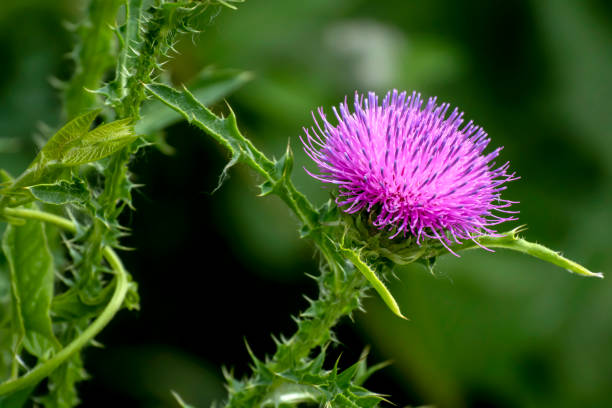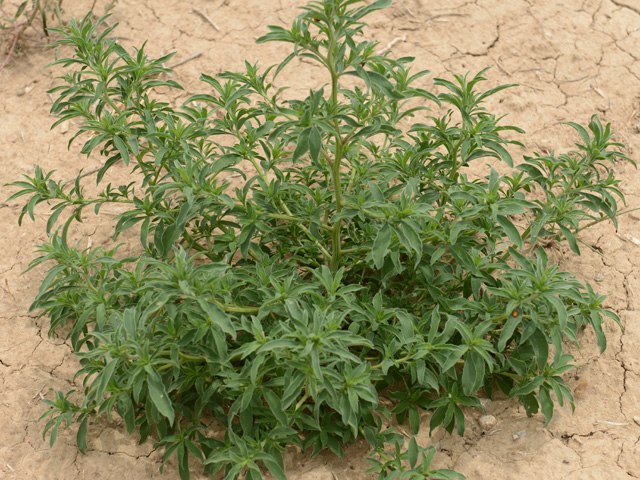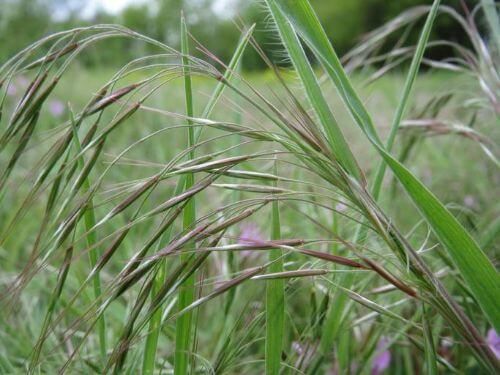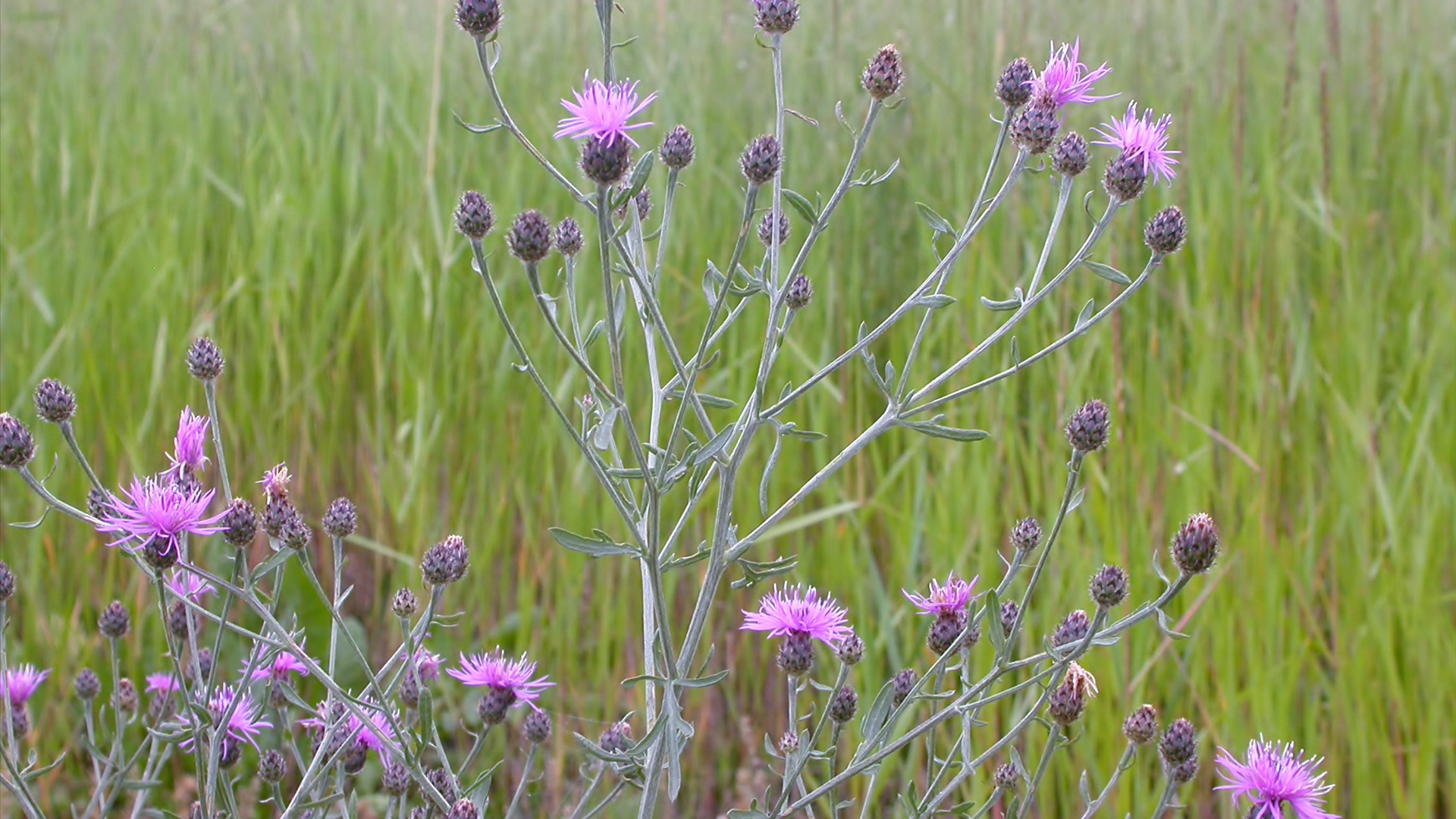Weeds and Pests
 |
|
|
 |
Agriculture - MSU MontGuides
Announcements and Upcoming Events
|
July 16, 2025 10:00am at the Raynesford Community Center. |
|
|
New Population of Palmer Amaranth Detected in Montana: Be on the Lookout for Palmer Amaranth and Waterhemp this Fall. Please contact our office if you suspect you have spotted any Palmer Amaranth. |
Articles and Useful Links
Montana Noxious Weed Information |
Data on noxious weeds found in Montana. |
Guide to Pocket Gopher Control in Montana |
Pocket gophers can cause considerable damage to agricultural land and underground features such as utility cables and irrigation pipe, but there are several effective ways to control and prevent the destructive results of their prolific burrowing. |
Montana Prescribed Burning Rules and Regulations |
Fire can be a useful tool for producers, and it can improve forage quality for the first growing season following a fire to aid in reducing invasive species and improving range conditions. However, there are rules and regulations that must be followed when conducting a prescribed burn. In all prescribed burns, authorities should be contacted and weather conditions, such as relative humidity and wind speed, should be monitored closely. |
Kochia and Russian Thistle |
Kochia (Kochia scoparia or also Bassia scoparia) and Russian thistle (Salsola kali) are the most problematic broadleaf weeds in Montana cropping systems. Over the last 70 years, but especially after the transition to no-till, these weeds have been managed using herbicides, however evolved herbicide resistance is making management harder. |
Pesticide Education Program |
MSU Pesticide Education Program link. |
Herbicide Labels and MSDS |
This link provides useful information regarding herbicides including the MSDS. |
2025 Monthly Weed Posts
| May 2025 | Noxious weeds and native plants look-a-likes |
| April 2025 | Integrated management of ventenata infested rangelands using herbicides and fertilizers |
| March 2025 | Long-term Response to Ventenata and Other Vegetation to Herbicide Applications |
| February 2025 | A New Biocontrol Agent for Hoary Cress - A Mighty Mite? The February Monthly Weed Post focuses on control of whitetop and hoary cress. |
| January 2025 | Euphorbias: The Bold and the Beautiful The Euphorbia species most familiar to readers of the Monthly Weed Post is likely leafy spurge (E. esula), but 1,600 to 2,000 Euphorbia species exist worldwide. |
2024 Monthly Weed Posts
December 2024 |
How locoweeds host a fungus that makes them toxic to livestock, but don’t seem to care. |
November 2024 |
Black Henbane is an annual to biennial plant that grows in pastures, meadows and roadsides. It has been gaining alot of attention in Montana. |
October 2024 |
Integrating spring glyphosate application and spring seeding to establish bluebunch wheatgrass in cheatgrass-infested rangeland. |
September 2024 |
Early Detection, Rapid Response Program of MT Dept. of Ag - If you work with noxious weeds in Montana, you may be familiar with the Early Detection, Rapid Response (EDDR) Program of the Montana Department of Agriculture (MDA). |
August 2024 |
Moth mullein (Verbascum blattaria) is a biennial forb native to Eurasia that was found in North America as early as 1818, likely introduced for ornamental or medicinal uses. |
July 2024 |
Plant identification apps for your cell phone are discussed in the July 2024 Monthly Weed Post. |
June 2024 |
The June 2024 Monthly Weed Post provides resources for Plant Identification. |
May 2024 |
WITCHGRASS (Panicum capillare) was very conspicuous across Montana later in the growing season of 2023 and garnered a lot of comments and questions. Witchgrass is an annual warm season grass that is native to most all temperate North America, including Montana. |
April 2024 |
Mediterranean sage (Salvia aethiopis L.), or “Med sage,” is a unique invasive weed in the mint family. What is not unique about Med sage is that it shares the native range of Eurasia with numerous invasive weeds in western North America. |
March 2024 |
Kill weeds, not trees |
February 2024 |
Update on Palmer amaranth and waterhemp in Montana |
January 2024 (pdf) |
To DIY or Not to DIY: Why Use Registered Herbicide Products? |
2023 Monthly Weed Posts
January 2023 |
Revegetation Guidelines: Considering Invasive and Noxious Weeds Revegetation, the intentional planting of desired species, is an important component of integrated weed management. Weed control without revegetation can be short-lived if desired plants are not available to occupy open spaces created after weeds are killed. |
February 2023 |
Schutter Diagnostic Lab: 2022 Plant Identification Updates. |
March 2023 |
Noxious or Native? Leafy spurge (Euphoriba esula) and Western gromwell (Lithospermum ruderale). |
April 2023 |
Common Teasel (Dipsacus fullonum) |
May 2023 |
Ventenata dubia (pdf) |
June 2023 |
Grass Identification Basics is the June Monthly Weed Post. There are many reasons to learn to identify grasses, but it can be challenging because different species look similar to one another at first glance. Grass identification requires looking at characteristics that are small and typically not as showy as the bright and colorful petals of broad-leaved wildflowers. This video covers basic grass anatomy and helps explain terms commonly used for grass identification. |
July 2023 |
Mowing to Manage Invasive and Noxious Weeds |
September 2023 |
Houndstongue |
October 2023 |
Canada thistle (Cirsium arvense) is a perennial weed that causes significant economic losses in agriculture. |
November 2023 |
Common tansy is an exotic perennial forb in the Asteraceae family that is on Montana’s noxious weed list. It inhabits higher moisture, disturbed soils, and can be found in places like meadows and riparian areas as well as along roadsides, ditches, and railroad tracks. |
December 2023 |
Tall tumblemustard is an exotic species in the mustard family. This species grows throughout Montana, inhabiting disturbed soil of grasslands, agricultural fields, streambanks, and roadsides from low to mid elevations. |
2022 Monthly Weed Posts
December 2022 |
Common Buckthorn (Rhamnus cathartica) Common Buckthorn is a noxious weed in several other states in the upper Midwest and Northeast and was placed on the Montana noxious weed list in 2017. |
November 2022 |
Seed Dispersal by Vehicles and the Value of Washing Vehicles to Prevent Weed Spread is the topic for the November 2022 Weed Post. |
October 2022 |
Yellow Mignonette is a troublesome high seed output noxious weed that is the subject of October's Monthly Weed Post. |
September 2022 |
No Monthly Weed Post this month. |
August 2022 |
August Monthly Weed Post highlights the Western Salsify |
July 2022 |
The Fragrant Water Lily, also known as American Water Lily, White Water Lily or simply invasive water lily is the focus of the July Monthly Weed Post. |
June 2022 |
This month we are looking at Identifying Invasive Annual Grasses in Montana. |
May 2022 |
Creeping Bellflower also known as rover bellflower or rampion bellflower is the May Monthly Weed Post. |
April 2022 |
Curious what a particular plant is? Your smart phone may have an app for that! |
March 2022 |
This month we are looking at Cinquefoils (Potentilla Species) and the difference between Spotted Knapweed versus Dotted Blazing Star |
February 2022 |
Noxious Weed Views and Behaviors After 25 Years of Education and Outreach |
January 2022 |
Flowering Rush is the subject of our first Monthly Weed Post for 2022. |
2021 Monthly Weed Posts
December 2021 |
Noxious Weed or Native Plant? Watch this video on Noxious Weeds and Native Plants to learn more. |
November 2021 |
Chicory or more commonly known as Blue Daisy or Corn Flower is in the Monthly Weed Post spotlight this month. |
October 2021 |
The Milfoil Weevil is a small aquatic bettle that is native to North America. This month we are looking at the Milfoil Weevil's impact here in Montana. |
September 2021 |
Testing Indaziflam for Restoring Cheatgrass (Bromus tectorum) Infested Montana Rangelands |
August 2021 |
The August Monthly Weed Post offers some important information for Preventing Weed Invasion from Hay Shipments in the short and long-term. |
July 2021 |
Tips for managing noxious weeds during drought including Spraying for Noxious Weeds During Drought can be found in the July Monthly Weed Post. |
June 2021 |
Does Vinegar Kill Weeds? Find out in this Monthly Weed Post. |
May 2021 |
Our May Monthly Weed Post features Baby's Breath (Gypsophila paniculata). Additional information on Baby's Breath (Gypsophila paniculata) |
April 2021 |
Adult weevils begin to emerge from the soil in the spring. This month we are looking at the Houndstongue Root Weevil. |
March 2021 |
Effects of Increased Temperature and Carbon Dioxide on Cheatgrass and Ventenata. |
February 2021 |
Puncturevine (Tribulus terrestris) or more commonly known as goatheads is now found in all western states of the US. This invasive noxious weed was first recorded in Montana in 1938. |
January 2021 |
No Monthly Weed Post this month. |
Useful Links
Montana Grasses Identification App
Montana Grasses Identification Basics
The U.S. Department of Agriculture (USDA), Montana State University and Montana State University Extension prohibit discrimination in all of their programs and activities on the basis of race, color, national origin, gender, religion, age, disability, political beliefs, sexual orientation, and marital and family status. Issued in furtherance of cooperative extension work in agriculture and home economics, acts of May 8 and June 30, 1914, in cooperation with the U.S. Department of Agriculture, Cody Stone, Executive Director of Extension, Montana State University, Bozeman, MT 59717.


